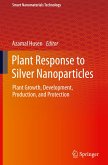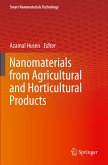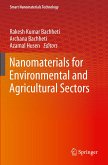The potential use of carbon-based nanomaterials in overall plant systems has not yet received much research, and the results that have been reported are typically descriptive and inconsistent with little knowledge of the underlying mechanisms of action. Changes in gene expression and enhanced ROS production are among the physiological processes that may be impacted by interactions with carbon nanomaterials. They penetrate plant cells, are readily taken up by plants, and then influence the key events of plants such as seed germination, seedling growth, root formation, photosynthesis, flowering, yield, and overall performance. Moreover, in terms of soil quality, carbon nanomaterials have the capacity to influence the health status of agricultural soils, and thus, increase sustainable agriculture practices. Currently, plant disease management depends mainly on toxic pesticides that are potentially harmful to humans and the environment. These particles have enabled their use as bactericides, fungicides, and nanofertilizers. Carbon nanomaterials, however, which may be helpful in plant nucleic acid delivery, pesticide and fertilizer application, wastewater treatment, eradication of pathogen-induced plant illnesses, and detection of significant plant molecules, are the subject of this book. The use of carbon nanoparticles in tissue culture medium and plant growth performance has also been examined. The so-called 'safe-by-design' strategy for a guided design of nanomaterials without harmful environmental side effects requires knowledge of the special structural properties of particles that determine the deleterious impacts on living beings. Accordingly, the environmental safety, and ethical issues related to the use of carbon nanomaterials in agricultural sectors have been also explored. Overall, the book in hand provides an extensive, important, and selected topic related to carbon nanomaterials in agricultural sectors. This book provides valuable information to scientists, researchers, and students, working especially on agricultural science, plant science, plant pathology, plant biology, plant nanobiotechnology, plant biochemistry, soil microbiology, and other allied subjects.
Hinweis: Dieser Artikel kann nur an eine deutsche Lieferadresse ausgeliefert werden.
Hinweis: Dieser Artikel kann nur an eine deutsche Lieferadresse ausgeliefert werden.








